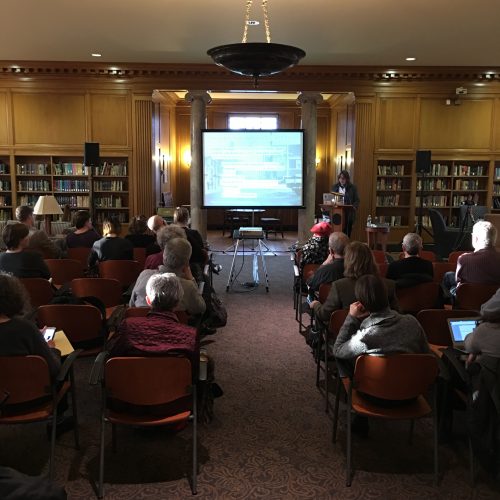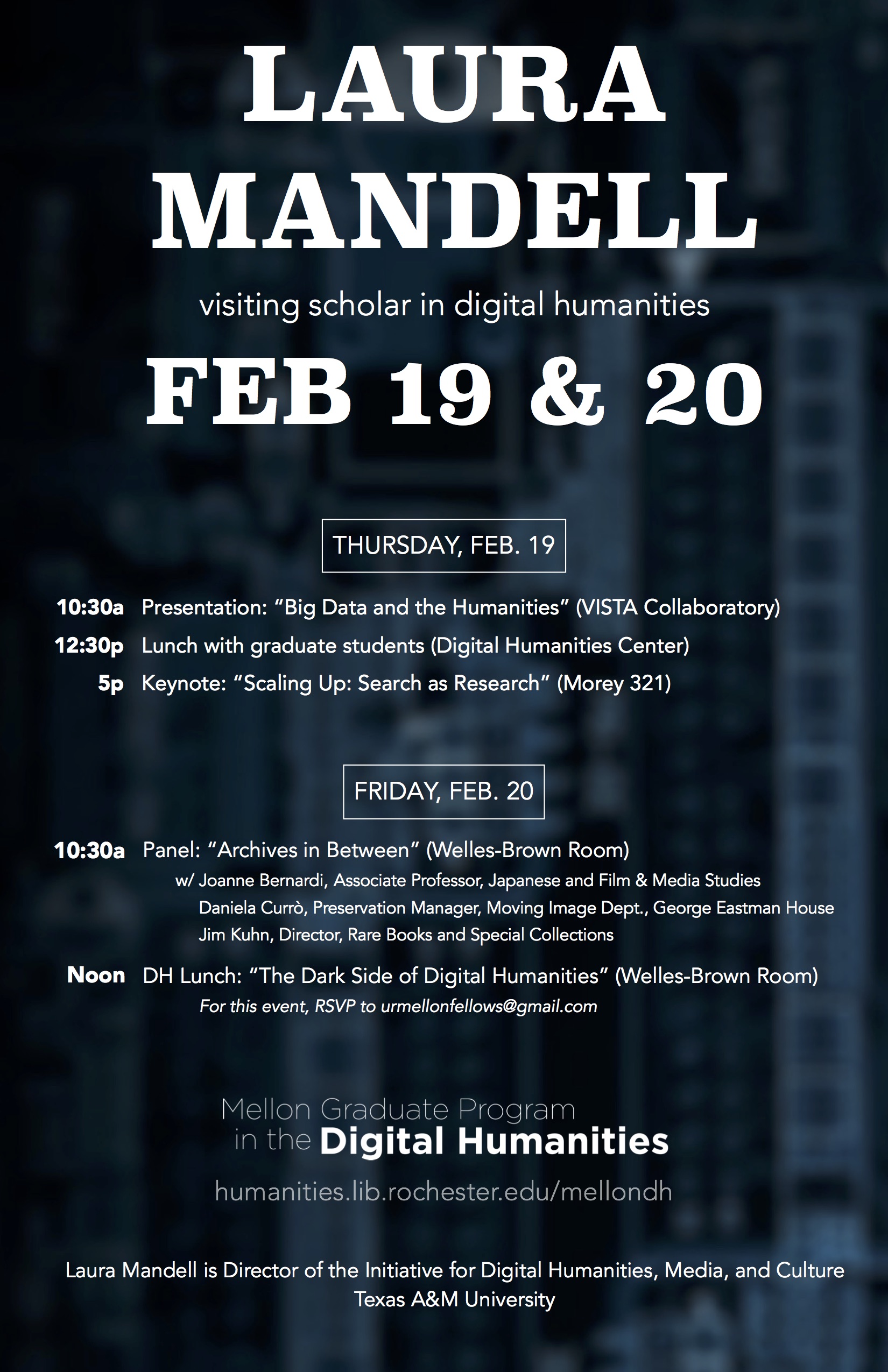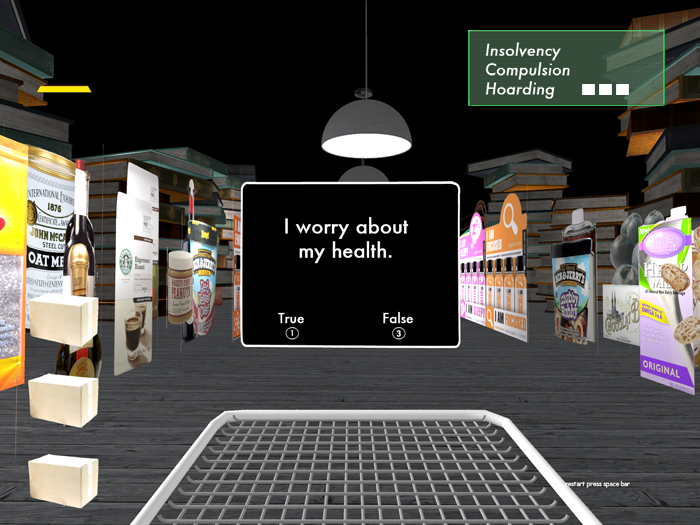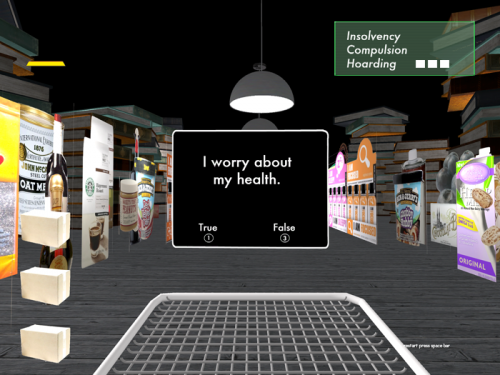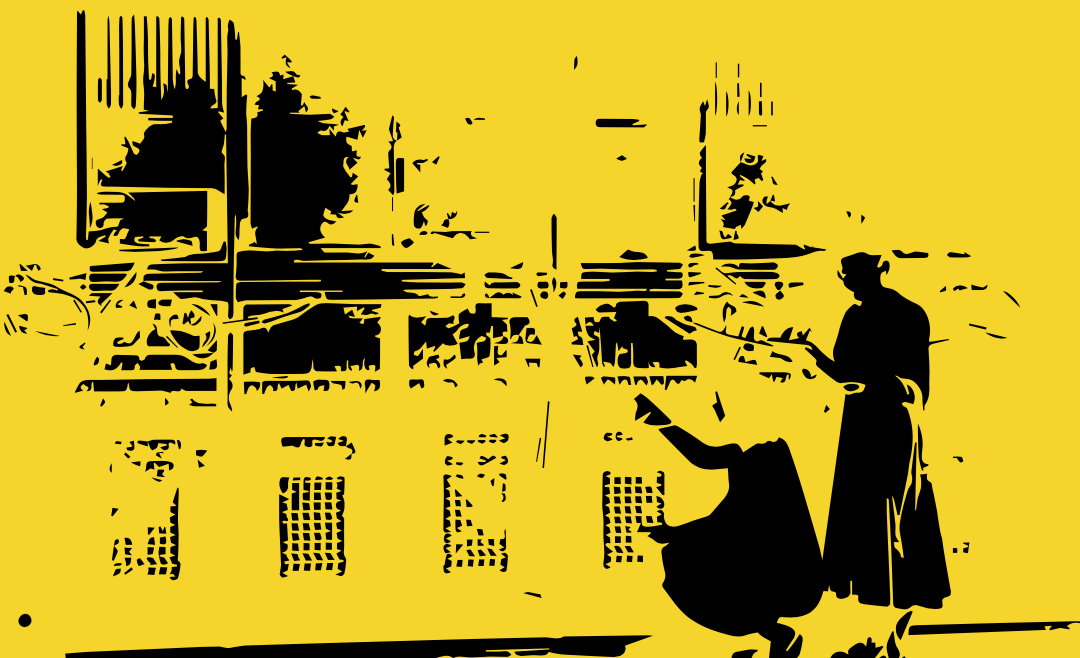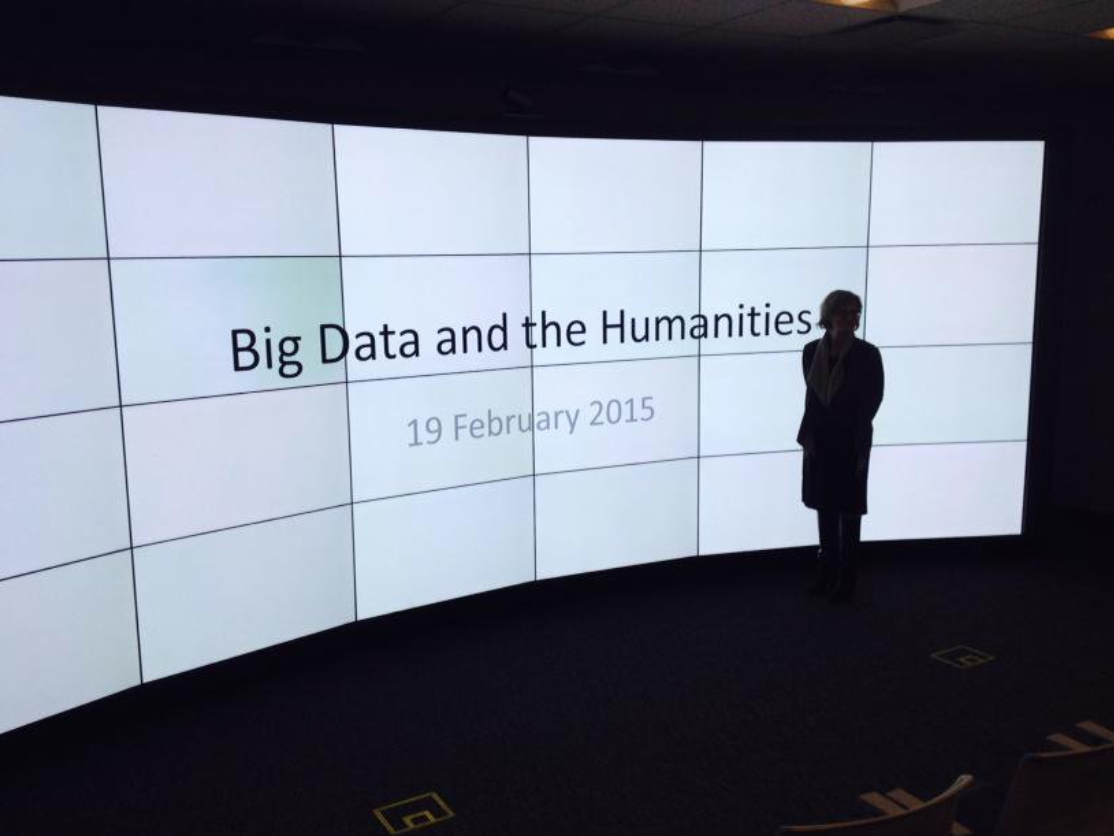
After completing her PhD in the Department of English at the University of Rochester, Szabo took a position as an Instructional Multimedia Specialist at Grinnell College. Shortly thereafter, she was offered a position at Stanford University where she worked in Academic Technology in the Stanford University Libraries. While at Stanford University she helped to develop numerous digital projects for both teaching and research. Her diverse skill sets and experiences helped prepare for her current position as an Associate Research Professor in the Department of Art, Art History, and Visual Studies at Duke University. Szabo wears many hats at Duke University where she is connected with the Information Sciences, Computational Media, Wired! Lab, the Franklin Humanities Center, and Bass Connections. The wide range of responsibilities and positions helped to inform her discussion with digitally minded graduate students about the academic job market.
Szabo stressed the importance of flexibility for graduate students as they approach the job market. As traditional tenure-track jobs continue to dwindle, she argued, the digital humanist should recognize the fluidity of their skills. Digital humanists are valued assets to libraries and other departments where a skillset is more desirable than the departmental affiliation associated with a Ph.D. As a result graduate students involved in the digital humanities should build a portfolio of work to demonstrate skills learned as well as their application. With a field as young and broad as the Digital Humanities, Szabo urged graduate students to be proficient with one, or two, digital tools. By building a (manageable) digital project or incorporating a tool into one’s traditional dissertation, graduate students can better prove their competencies in DH.
Digital humanists might never be considered a “traditional” faculty members. Szabo demonstrated that this reality is not necessarily a bad thing. She pointed out that she has had the opportunity to travel abroad for research, work on numerous digital projects, and collaborate across disciplines. Her publications and projects demonstrate a productive and rewarding career path. Szabo’s skills are valued and her perspectives are unique. The inherent flexibility of DH, she argued, is increasingly sought out in an age where boundaries between disciplines are beginning to break down. As departments begin to incorporate digital literacies into their curriculum, digital humanists will be a valuable source of knowledge for those disciplines now facing the realities of 21st century technologies. Ultimately, she argued, the changing landscape of academia requires graduates students to be flexible, optimistic, and creative—essential traits of the digital humanist.
Camden Burd is a PhD candidate in the Department of History at the University of Rochester. He is a 2016-2018 Andrew W. Mellon Fellow in the Digital Humanities.
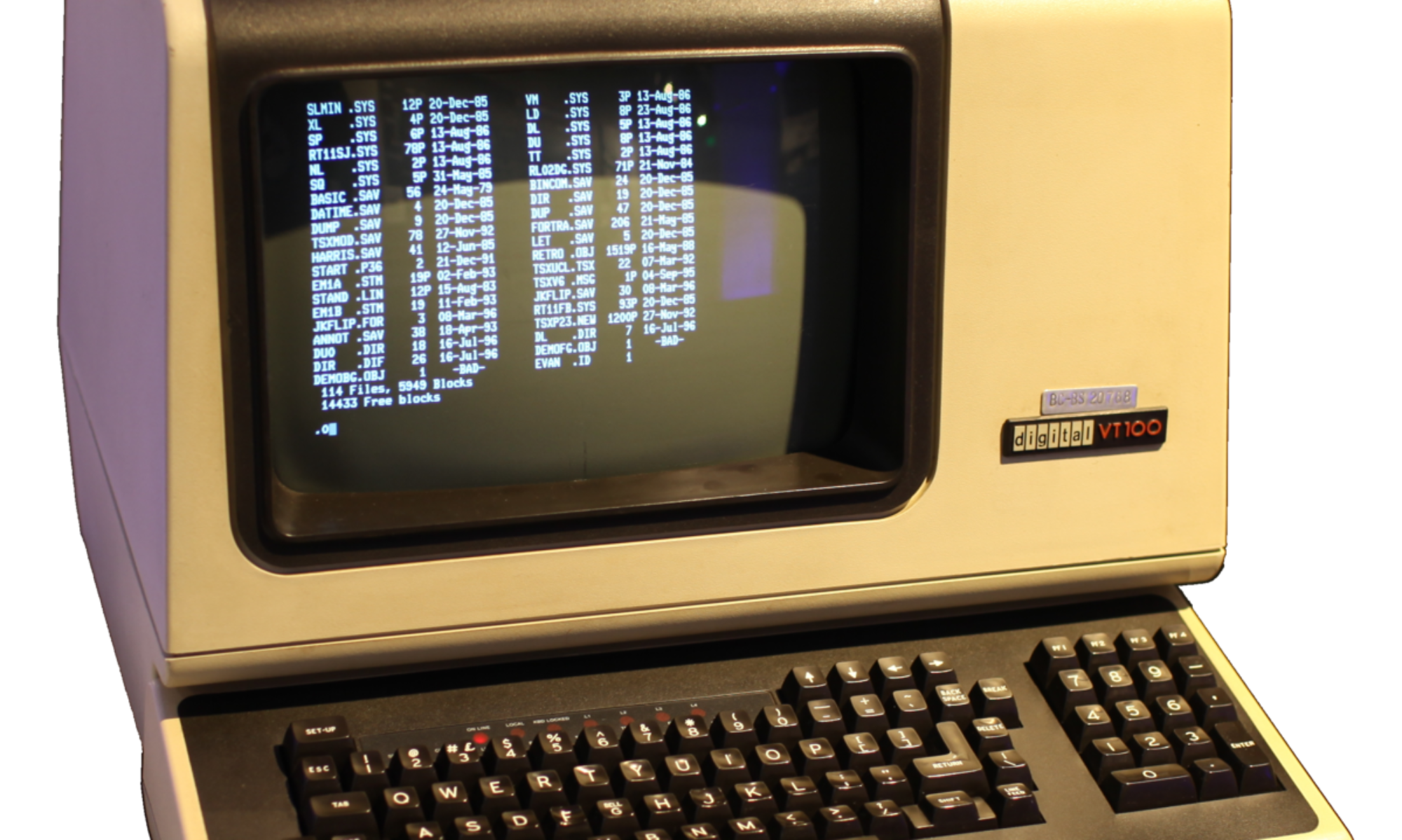


 Having pre-arranged specific Omeka accounts of for each of the 31 participants at the workshop, Victoria launched into the goal for today: to create an interactive display of notable graves in the nearby Mt Hope cemetery. We all signed up for a particular grave on a shared googlesheet, and got to work adding images as items and writing up funny (or not) captions and accompanying text. The first hour of the workshop was consumed with the business of creating these and adding tags, collecting them within new exhibits, producing relevant (or not) metadata, and otherwise exploring the basic functionality of the site. Meanwhile Victoria was everywhere around the room, helping those who were stuck, suggesting new or better choices, and prepping for the next stage.
Having pre-arranged specific Omeka accounts of for each of the 31 participants at the workshop, Victoria launched into the goal for today: to create an interactive display of notable graves in the nearby Mt Hope cemetery. We all signed up for a particular grave on a shared googlesheet, and got to work adding images as items and writing up funny (or not) captions and accompanying text. The first hour of the workshop was consumed with the business of creating these and adding tags, collecting them within new exhibits, producing relevant (or not) metadata, and otherwise exploring the basic functionality of the site. Meanwhile Victoria was everywhere around the room, helping those who were stuck, suggesting new or better choices, and prepping for the next stage.